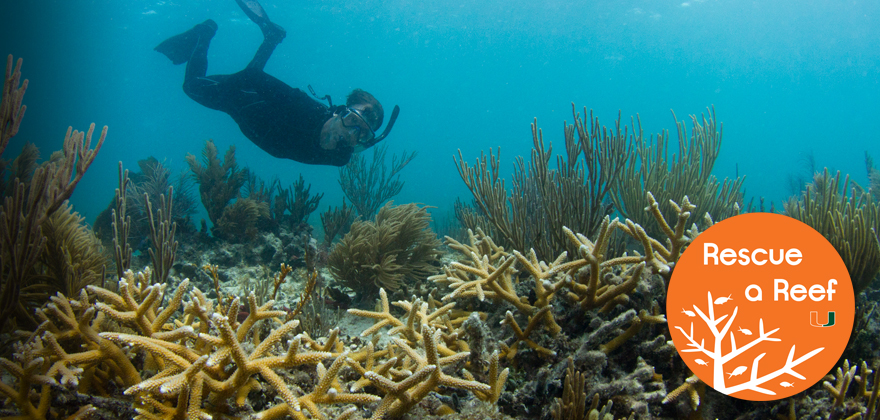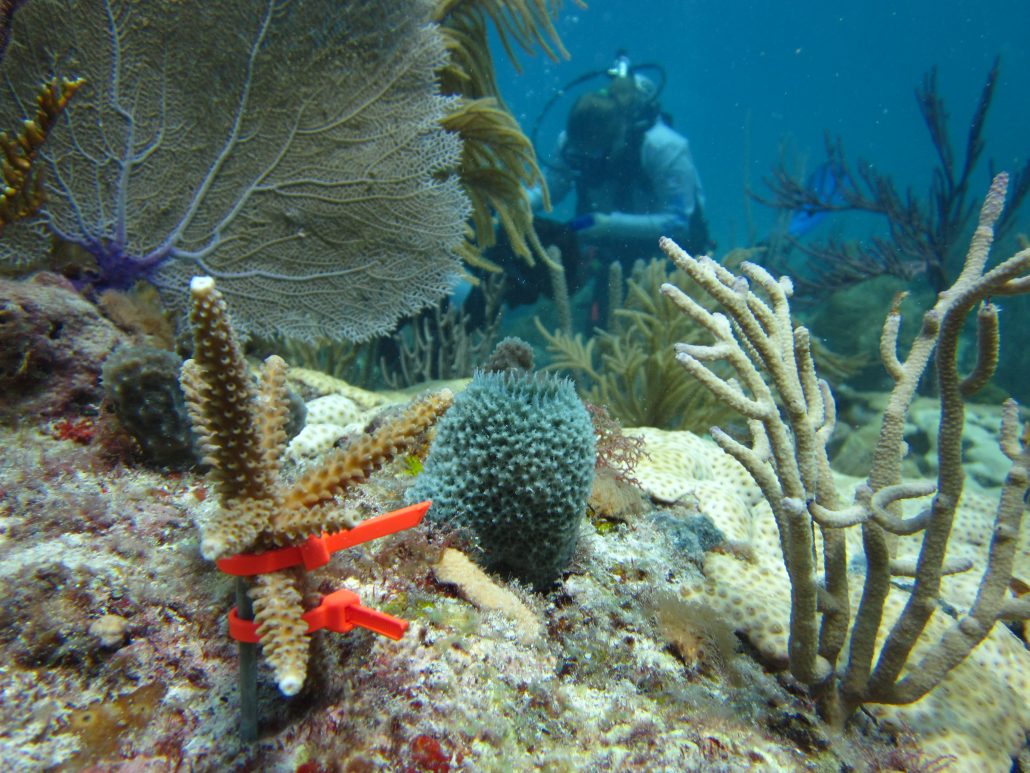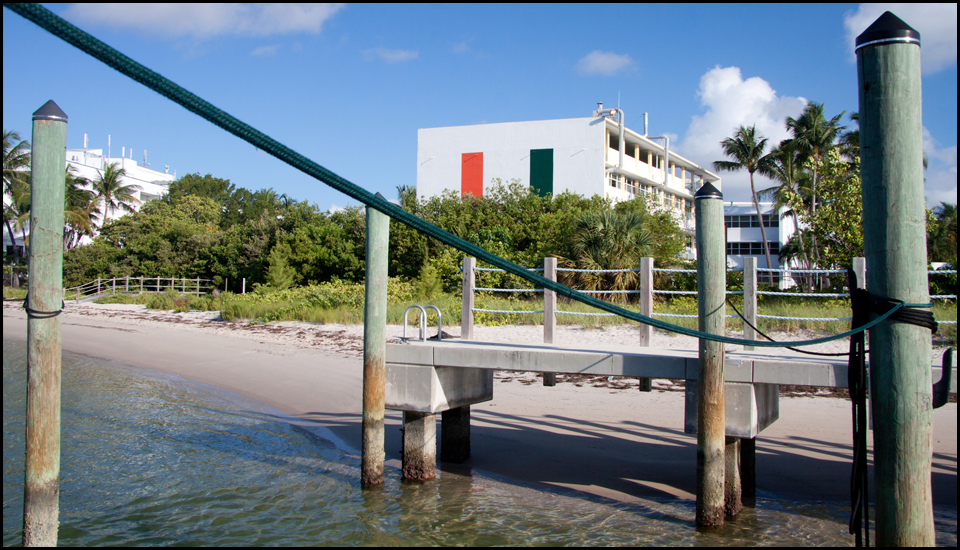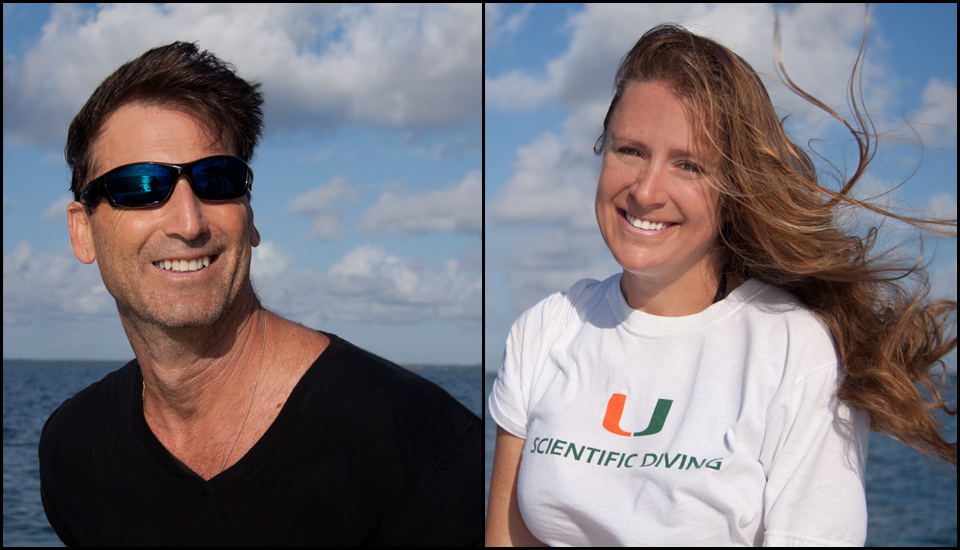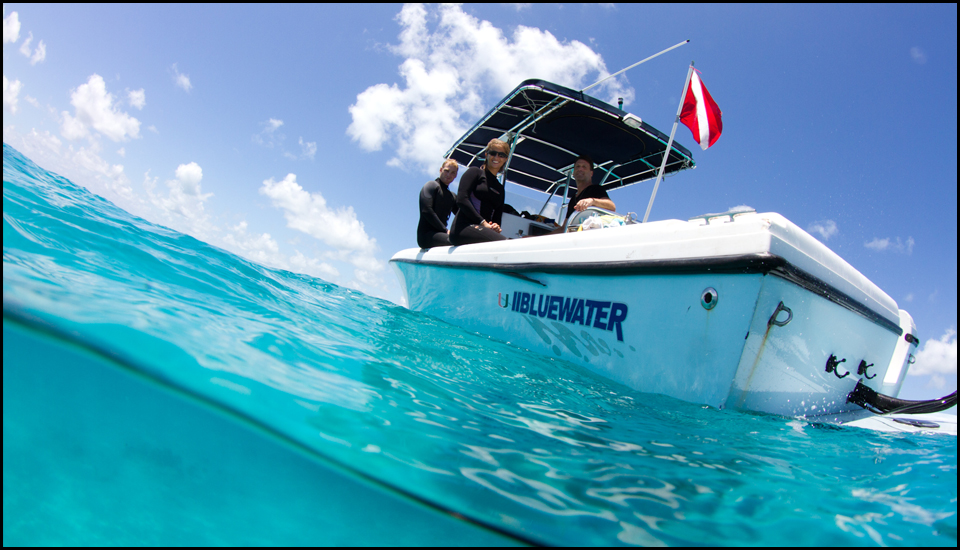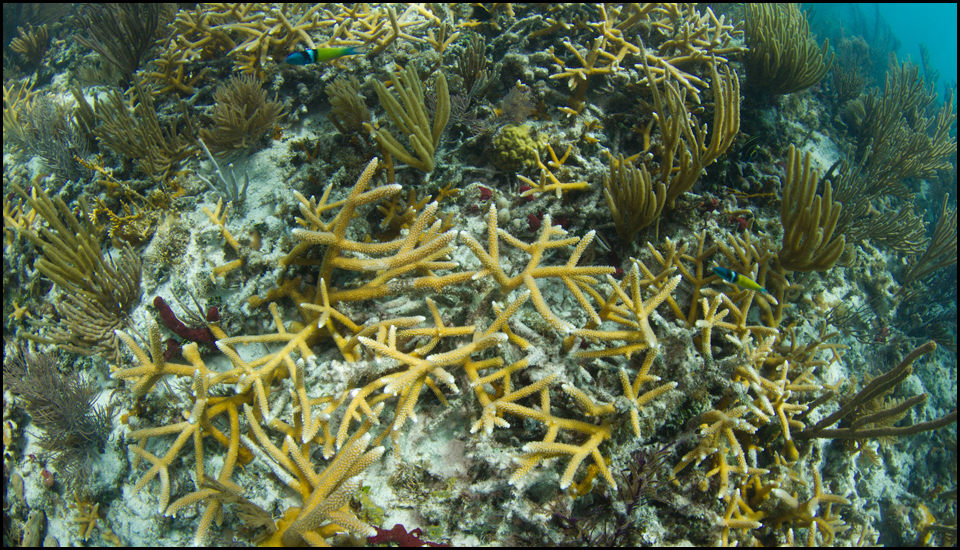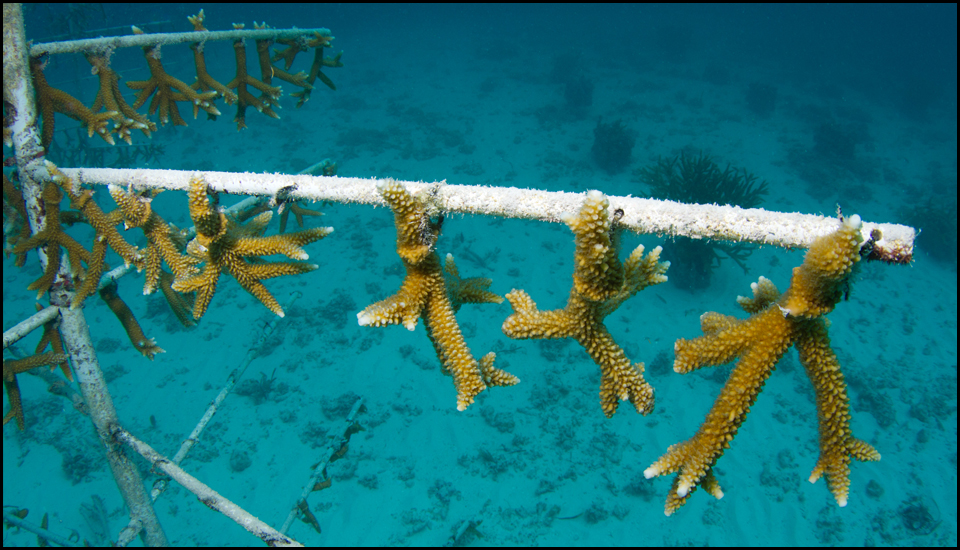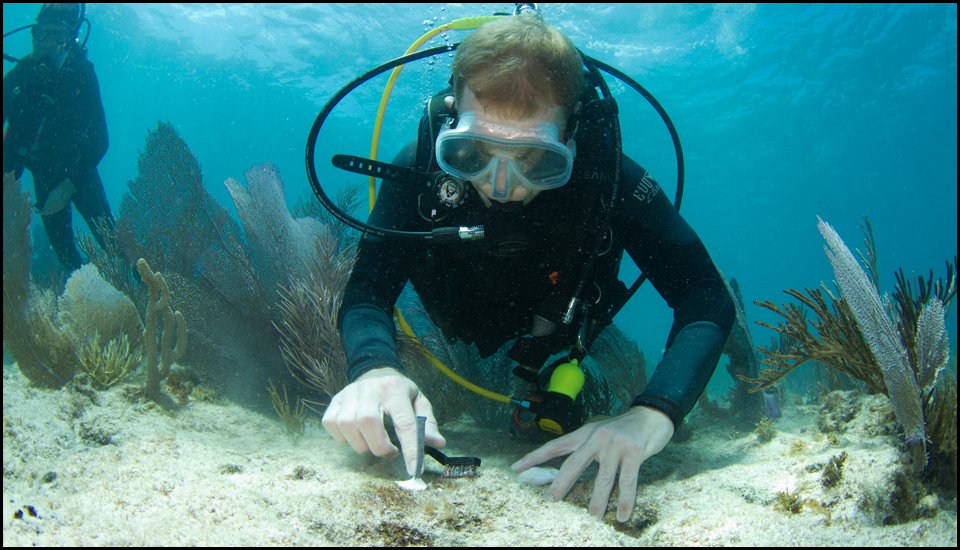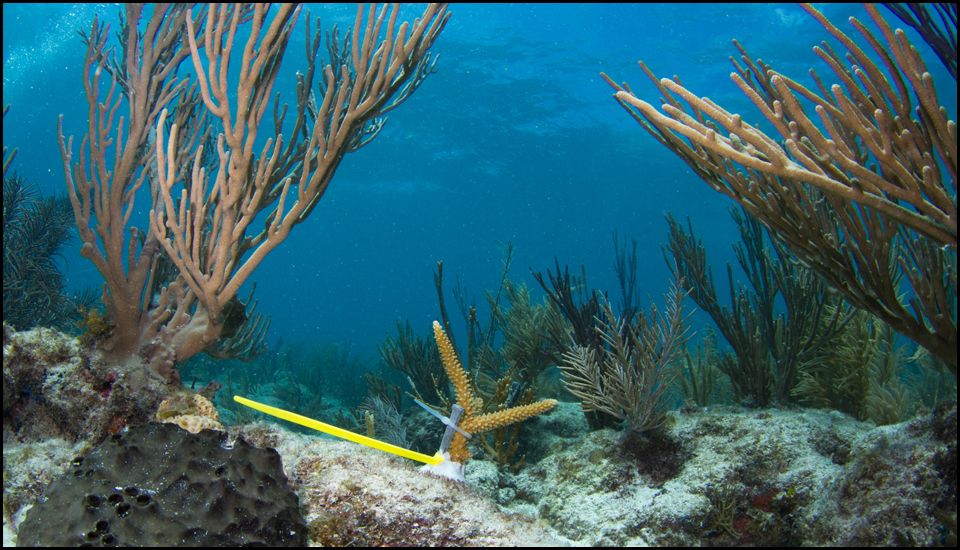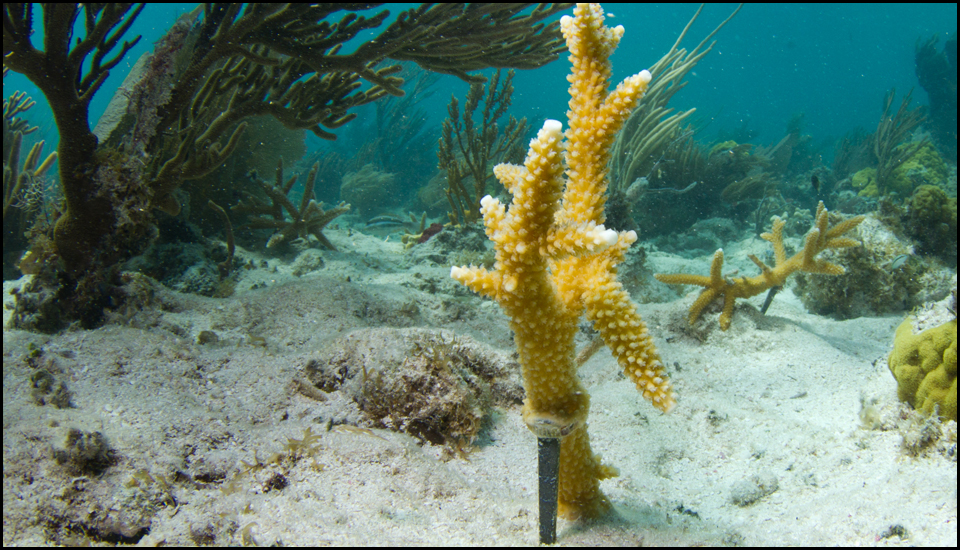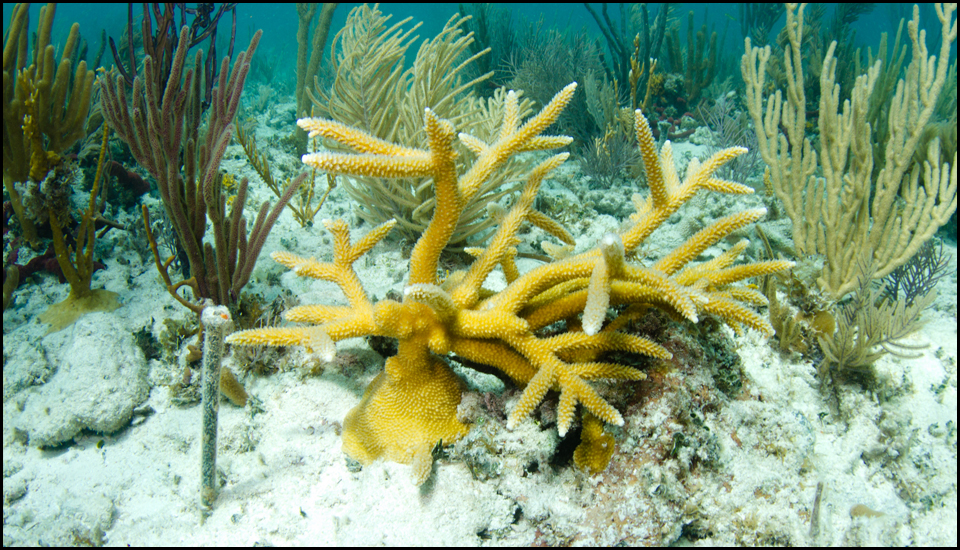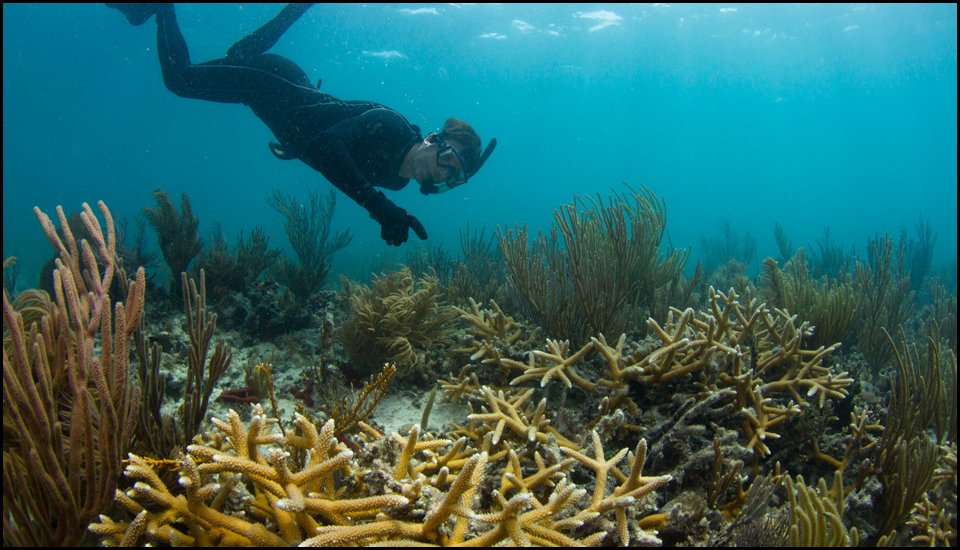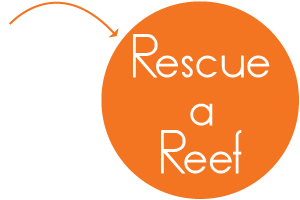What is Rescue a Reef?
Become a Citizen Scientist with Rescue a Reef!
Follow us on social media
Instagram: @rescueareef
Facebook: Rescue a Reef Program
Twitter: @rescueareef
Learn how Rescue A Reef works
Rescue A Reef Promo from Shark Conservation Research @ UM on Vimeo.
Donation Instructions
Donations to Rescue A Reef help fund the ongoing effort to restore staghorn corals to local reefs in South Florida. Any donation amount is helpful and greatly appreciated!
Here is how your donations contribute to coral reef restoration:
$10+: Funds the outplanting of one nursery-reared staghorn coral to a local reef
$100: Funds the outplanting of 10 nursery-reared staghorn corals to a local reef
$1,000: Your donation will support the outplanting of 100 corals onto a local reef! As a thank you, you will have the opportunity to name your rescued site!
Click the ‘Rescue a Reef’ Button here.
Decide on your donation package, and write it in the amount box.
Under designation drop-down menu, select “Rescue A Reef Program Fund”
IMPORTANT! Email us at RescueAReef@gmail.com to learn more about the next steps in the donation process.
Thank you
SRC and Rescue a Reef would like to thank our partners for the continued support of this program:

